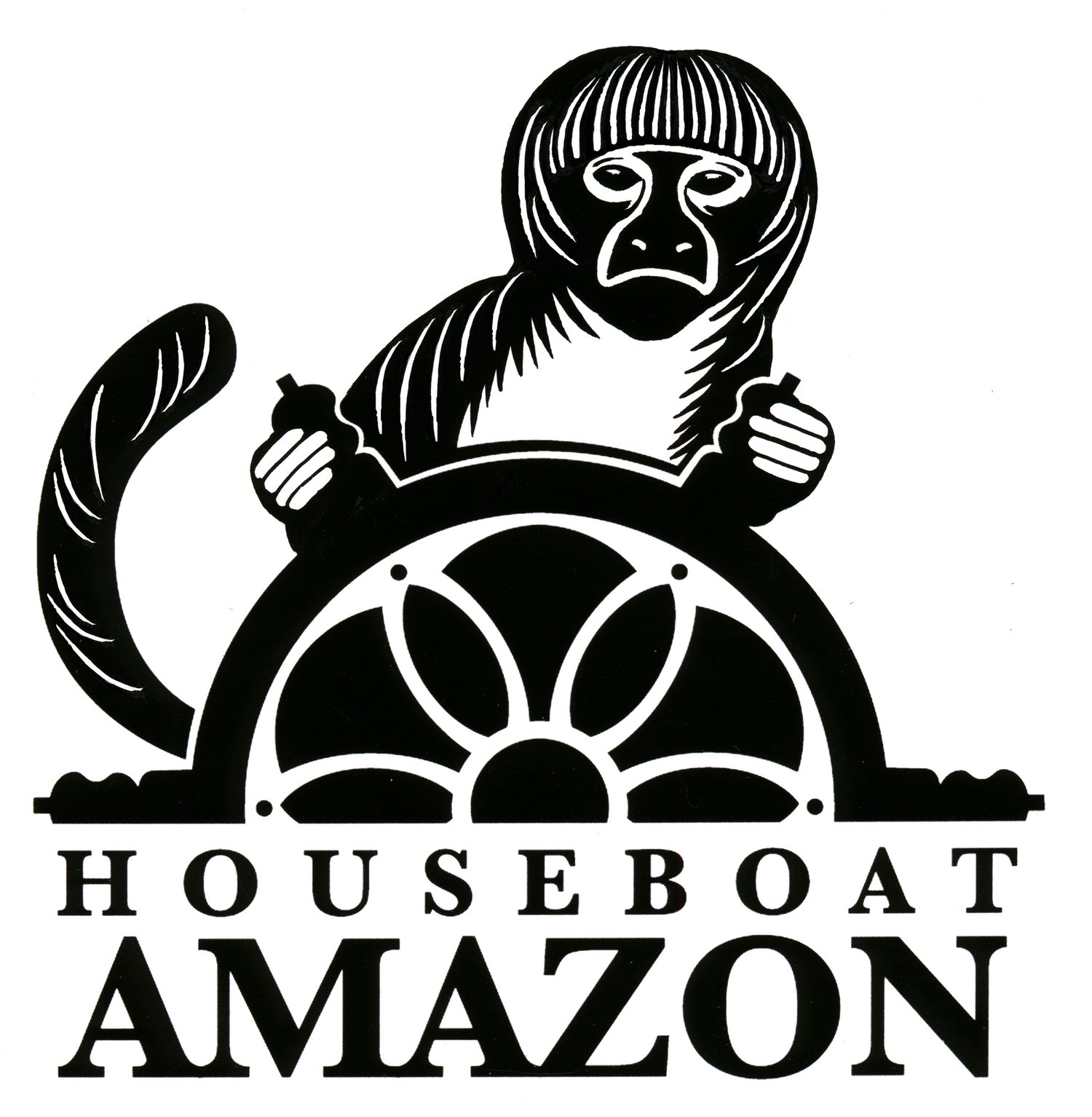Sometimes the Amazon Wins. Sometimes I Do.
The Amazon is an incredibly beautiful, magical, glorious place—if you are looking at our pictures with a cocktail in your hands. If you are in it—well, sometimes you have to keep telling yourself how beautiful and magical it is while a nest of ants is biting your chest under your shirt or the water surrounding the barco is such cloudy varzea that it's hard to tell if your filthy jungle pants are maybe cleaner than the water you are washing them in.
Mirror-like water of Lago Mirranda
The first month of investigation was a chaotic mix of surviving the barco and all of the people living together on it; surviving terra firme, varzea and igapo surveys with each of their own unique sets of challenges for study; managing all of the tech for documentary and social media; and for documenting the presence and absence of animals along the Rio Eiru, including the use of night camera traps. So, y'know—at least 5 balls in the air at all times.
And for me, the first month involved managing how stressed I could get while being simultaneously an expedition leader, a documentary film director, the evil overlord of all things research and social media, a subject and narrator for the documentary, B-roll camera filmmaker, a camp counselor, therapist, science mentor, and field researcher. Every day, all at once! We accomplished amazing work on the Rio Eiru. We confirmed the Flying Monkeys were where they had gone missing since the 1930s where they were originally collected, and we got good photos and videos of them as proof.
And the real lessons were about all of the other primates and animals. Remember: while we work under the banner (literally!) of the (formerly) missing saki monkeys, we are also a mammal and primate survey. As part of that work, we have been doing community outreach everywhere we stay, and have learned amazing things in turn: all of the unprotected area of the Rio Eiru (anything not part of the Indigenous Reserve) is severely hunted and fished.
Our original model was to cook some rice and farinha and catch fish for food as we went along. The Rio Eiru is so impacted that we could not find fish bigger in some cases than about 8 inches long! In the Amazon this is unheard of. So we have been eating very little fish as a result.
The other major lesson was how much mammal hunting occurs, including primates. In the drone images it is easy to see miles and miles of seemingly untouched forest. But wherever it is easy for people to get, such as two days walking into the forest, all of the mammals that can be hunted and eaten are. Even our parauacus—Flying Saki Monkeys—are hunted and eaten, but not with the intensity of some other species like uacaris, spider, howler and wooly monkeys and even the wedge-capped capuchins. Hunting occurs day and night on the Eiru and the biggest pressure is not from the local communities, although they hunt with great intensity as well, but from the city of Eirunepé where the bushmeat trade is high.
We found that in some areas with terra firme the sakis were the biggest monkeys left in the forest. Once we moved to varzea and igapo, they were easier to see because even though hunting occurs in these habitat types, the sakis are one the least favored meats if other kinds of monkey can be found.
A sunny but boggy barro.
Our last week with Juan Pablo Bueno, we were working on filming in the Igarape Preto/Lago Miranda area not far from Eirunepé. During the day we heard three very loud gunshots, and they sounded like small cannons being fired. And each time, the local guides working with us smiled and said, "Guariba" (howler monkeys). I have never worked anywhere in the tropics that has had this high of hunting pressure on the primates and all mammals and fish in the same place at the same time.
Selfie with crew!
We sadly said goodbye to our HBA team members Shayna (to USA) and Felipe (to UK), photographer Marcelo (to Brasilia), journalist Christina (to USA), and practico Sineca (to Tefe) on 1 March. On 8 March, Juan Pablo Bueno went back home to Colombia. Only Alejandra, Lisley and myself are the remaining original HBA team. On 8 March we got a whole new group of student researchers: Anamelia de Jesus (Mamiraua Institute, Brasil), Karine (Brasil), Alesandro (Brasil), Gerardo (Mexico) and Leticia Cazarré—a Brasilian journalist. We converted from the original expedition team to one where we are doing a lot more training and lectures—soon to head off for the Rio Gregorio to begin new adventures!



